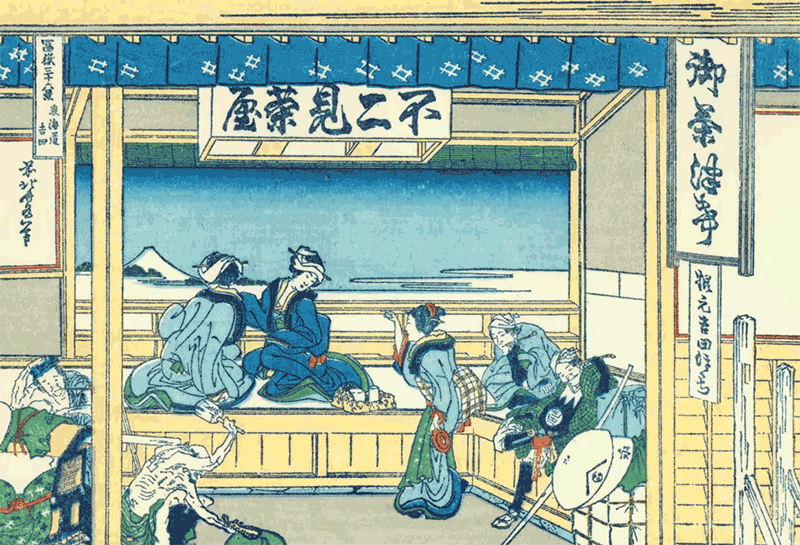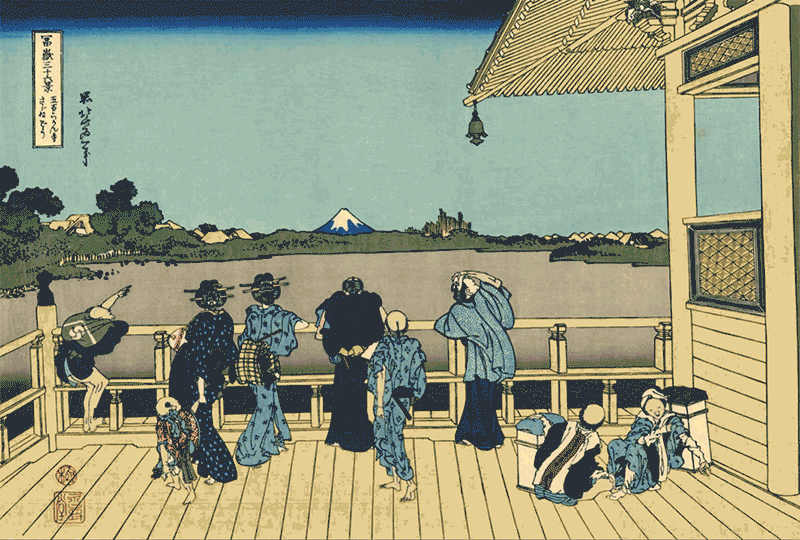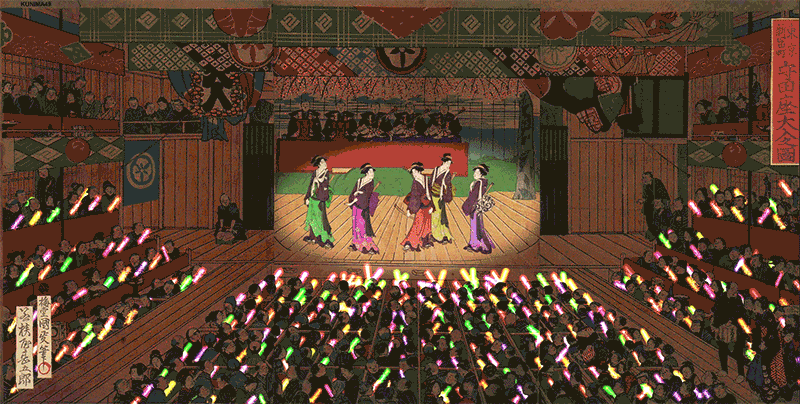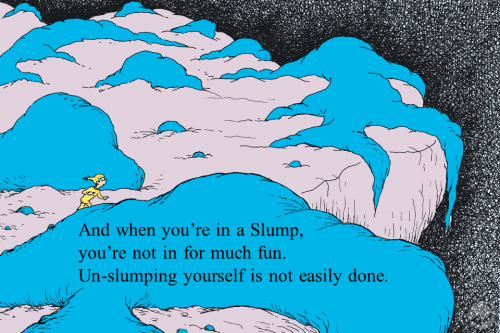
Photo by Christopher Jobson for Colossal

Photo by Christopher Jobson for Colossal
WESTON-SUPER-MARE — Inside the walls of a derelict seaside swimming resort in Weston-super-Mare, UK, mysterious construction over the last month—including a dingy looking Disney-like castle and a gargantuan rainbow-colored pinwheel tangled in plastic—suggested something big was afoot. Suspicion and anticipation surrounding the unusual activity attributed to fabled artist and provocateur Banksy has reached a Willy Wonka-esque fervor. Well, if Banksy’s your bag, continue fervoring. If not, there’s more than a few reasons to continue reading.
The spectacle has since been revealed to be a pop-up art exhibition in the form of an apocalyptic theme park titled Dismaland (“The UK’s most disappointing new visitor attraction”) that will be open to the public for five weeks.


Photo by Christopher Jobson for Colossal / CLICK FOR DETAIL

Dismaland legend

Dismaland brochure / Park aerial view courtesy Upfest / Photo of construction
The event has all the hallmark details of a traditional Banksy event from its initial shroud of secrecy to artistic themes of apocalypse, anti-consumerism, and pointed social critiques on celebrity culture, immigration, and law enforcement. However, there’s one major deviation: the bulk of the artwork packed into three main interior galleries was created by dozens of other artists.
So just what’s hidden inside the walls of this derelict seaside resort? A demented assortment of bizarre and beautiful artworks from no less than 58 global artists including Damien Hirst, Jenny Holzer, Jimmy Cauty, Bill Barminski, Caitlin Cherry, Polly Morgan, Josh Keyes, Mike Ross, David Shrigley, Bäst, and Espo. Banksy is also showing 10 artworks of his own.
Dismaland features a cavalcade of artists featured here on Colossal over the last few years including pieces by Escif, Maskull Lasserre, Kate McDowell, Paco Pomet, Dietrich Wegner, Michael Beitz, Brock Davis, Ronit Baranga, and others.
Here’s some text from the event’s official brochure:
Are you looking for an alternative to the soulless sugar-coated banality of the average family day out? Or just somewhere cheaper. Then this is the place for you—a chaotic new world where you can escape from mindless escapism. Instead of a burger stall, we have a museum. In place of a gift shop we have a library, well, we have a gift shop as well.
Bring the whole family to come and enjoy the latest addition to our chronic leisure surplus—a bemusement park. A theme park who’s big theme is: theme parks should have bigger themes…
This event contains adult themes, distressing imagery, extended use of strobe lighting, smoke effects and swearing. The following items are strictly prohibited: knives, spraycans, illegal drugs, and lawyers from the Walt Disney corporation.
In addition to art you’ll also find functional a terrifying carousel, a mini golf park, a ferris wheel, and some ludicrously impossible fair games (like ‘topple the anvil with a ping pong ball’ by David Shrigley), roving occupy protests, and a Star Wars stormtrooper who sulks around the exhibition in a state of complete misery. The park is staffed by morose Dismaland employees who are uninterested in being helpful or remotely informative. Entrance to the event requires an uncomfortably awkward NSA-esque security screening, and of course you get to exit through the gift shop.
Just a quick fun note, I had the honor of helping curate a small part of Dismaland: a program of 24 short films shown on a massive outdoor cinema that will play on a loop day and night. Films include shorts by Santiago Grasso & Patricio Plaza, Kirsten Lepore, The Mercadantes, Ze Frank, Adrien M. & Claire B., Black Sheep Films, and Don’t Hug Me I’m Scared.

Photo by Christopher Jobson for Colossal

Photo by Christopher Jobson for Colossal

Photo by Christopher Jobson for Colossal

Photo by Christopher Jobson for Colossal

Photo by Christopher Jobson for Colossal

Photo by Christopher Jobson for Colossal

Photo by Christopher Jobson for Colossal

Photo by Christopher Jobson for Colossal

Photo by Christopher Jobson for Colossal

Photo by Christopher Jobson for Colossal

Dismaland is open to the public from August 22 through September 27th, 2015 and information about pre-booked and at-the-gate tickets is available here. There’s also a series of events including a show by Pussy Riot and Massive Attack on September 25th.
I think it goes without saying, but if you have the means, get to the UK.
Update: This post has been updated to include additional imagery, clarification, and other small corrections.
Update 2: We understand that there is difficulty with ticketing at the moment, but unfortunately this publication is not associated with the event directly. Please keep an eye on the official Dismaland website for updates.
Update 3: Added a video by Alex Jefferis.

















































 Carbon's the perfect material to build strong yet lightweight materials, but it's also the reason we're running head-first into an ecological apocalypse. Wouldn't it be great if we could snatch the excess CO2 from the air and use it to cheaply buil...
Carbon's the perfect material to build strong yet lightweight materials, but it's also the reason we're running head-first into an ecological apocalypse. Wouldn't it be great if we could snatch the excess CO2 from the air and use it to cheaply buil...











